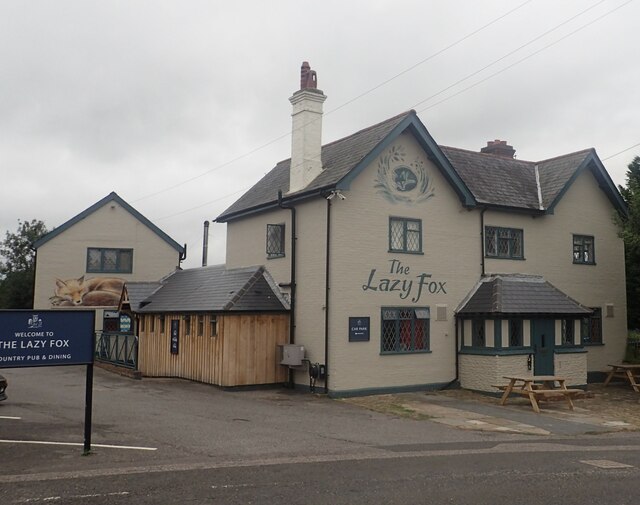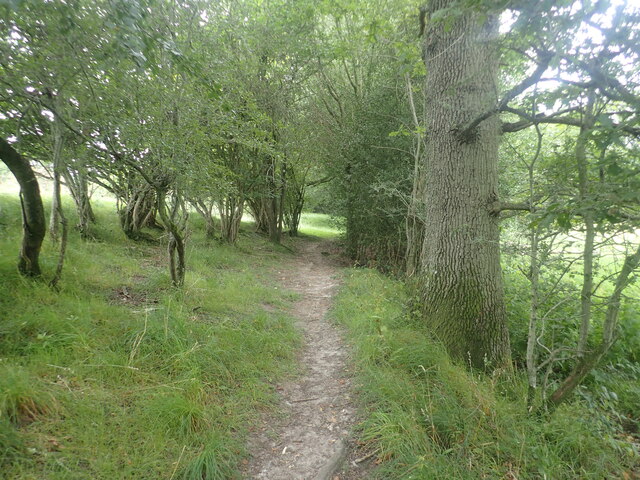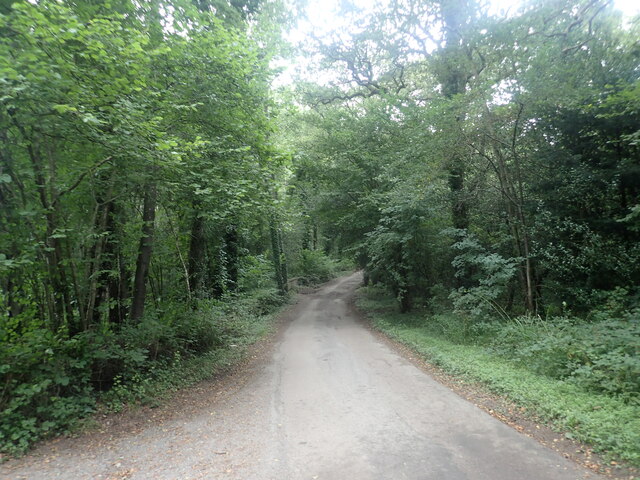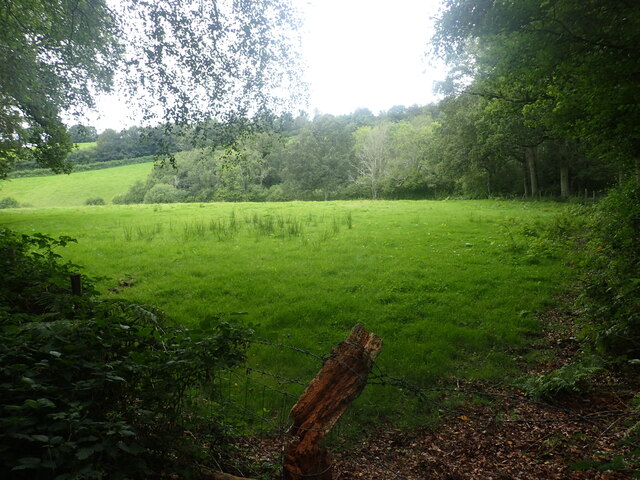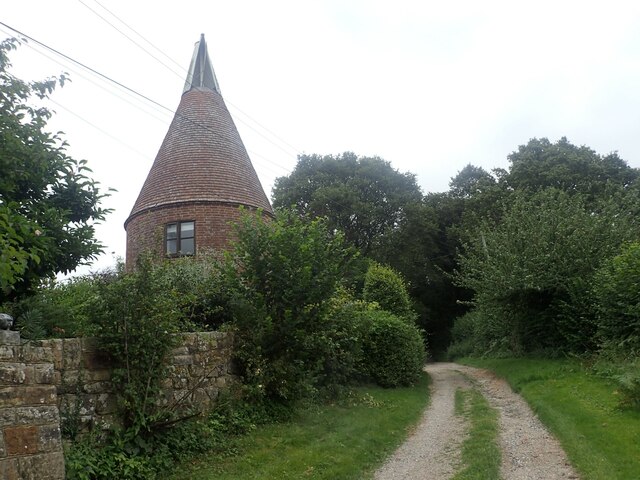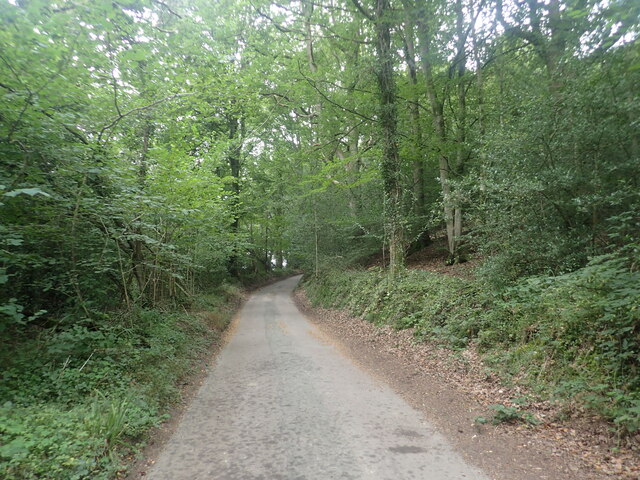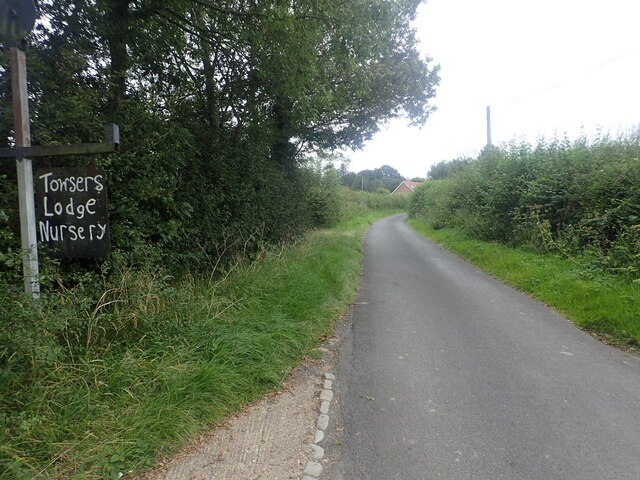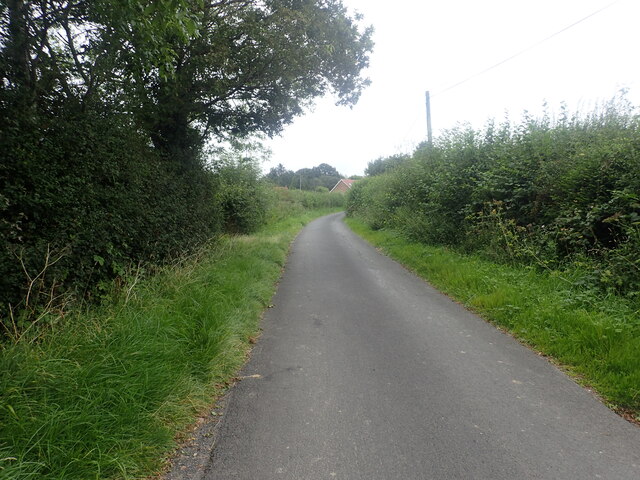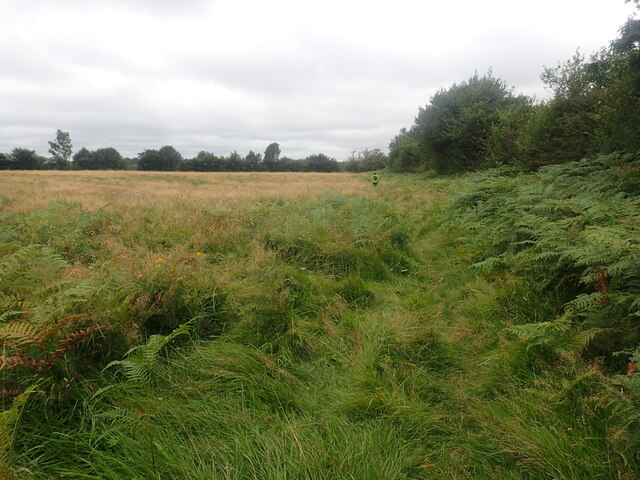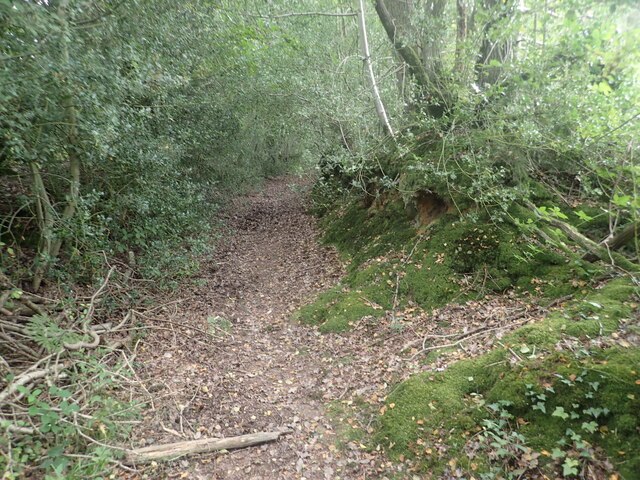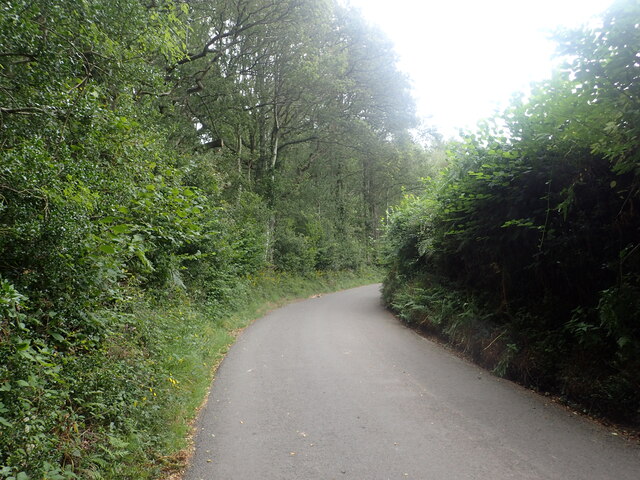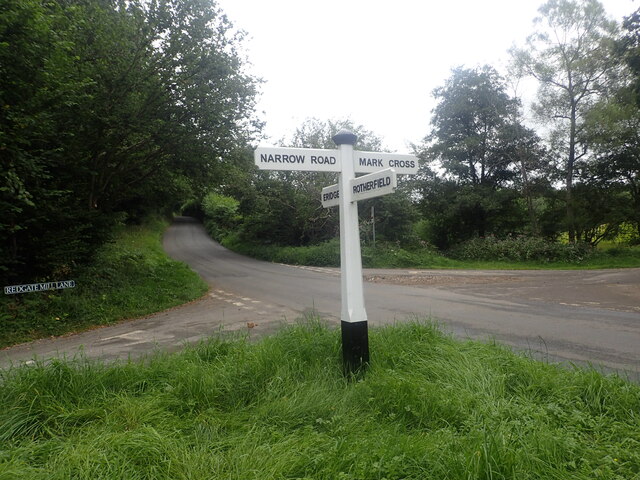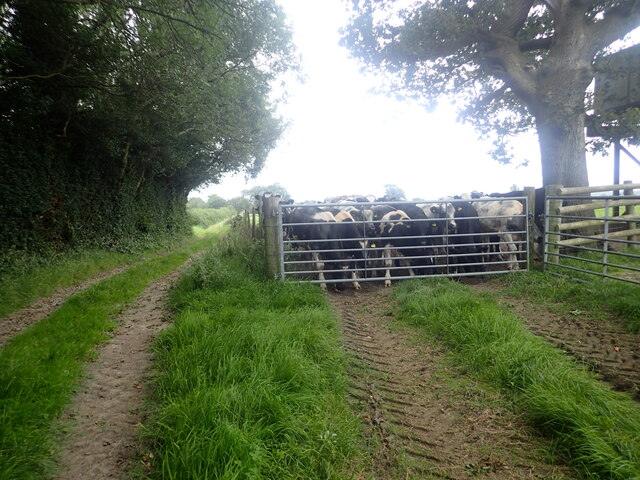Lords Wood
Wood, Forest in Sussex Wealden
England
Lords Wood
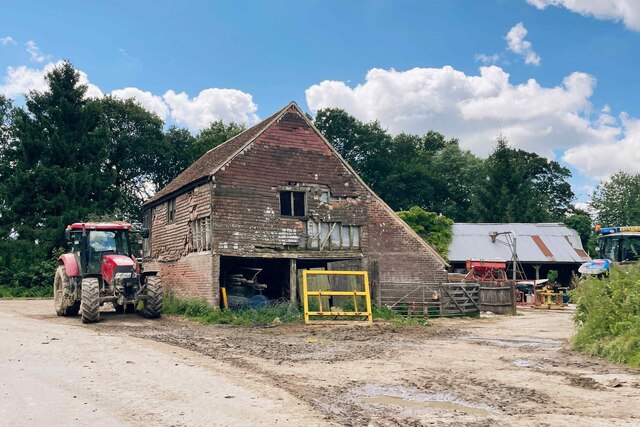
Lords Wood is a picturesque woodland located in the county of Sussex in the southern part of England. Covering an area of approximately 200 acres, it is a part of the wider forested landscape that characterizes the region. The wood is situated near the town of Crowborough and is easily accessible by foot or by car.
Lords Wood boasts a diverse range of tree species, including oak, beech, and ash, which create a beautiful and varied landscape. The woodland is known for its tranquil atmosphere, making it a popular spot for nature lovers, hikers, and birdwatchers. The abundance of flora and fauna in the area provides a haven for wildlife, with sightings of deer, foxes, and various bird species being common.
Visitors to Lords Wood can enjoy a network of well-maintained footpaths that wind their way through the wood, offering opportunities to explore and discover the natural beauty of the area. The wood also features a picnic area, allowing visitors to relax and enjoy the peaceful surroundings.
Lords Wood is managed by the local council, which ensures the preservation of its natural habitat and the sustainability of the woodland. Educational programs and guided tours are occasionally organized to raise awareness about the importance of woodland conservation and to help visitors learn more about the region's biodiversity.
In conclusion, Lords Wood in Sussex is a charming forested area that offers a tranquil retreat for nature enthusiasts. Its diverse range of trees and wildlife, combined with well-maintained footpaths and educational initiatives, make it a popular destination for those seeking to connect with nature in the heart of Sussex.
If you have any feedback on the listing, please let us know in the comments section below.
Lords Wood Images
Images are sourced within 2km of 51.068439/0.24312264 or Grid Reference TQ5732. Thanks to Geograph Open Source API. All images are credited.



Lords Wood is located at Grid Ref: TQ5732 (Lat: 51.068439, Lng: 0.24312264)
Administrative County: East Sussex
District: Wealden
Police Authority: Sussex
What 3 Words
///embarks.passively.distilled. Near Town Row, East Sussex
Nearby Locations
Related Wikis
Walter's Mill, Mark Cross
Walter's Mill is a tower mill at Mark Cross, Sussex, England which has been converted to residential accommodation. == History == Walter's Mill was first...
St Joseph's College, Mark Cross
St Joseph's College was a Roman Catholic minor seminary in Mark Cross, outside Rotherfield in East Sussex. It was designed by Edward Pugin and the site...
Jameah Islameah School
Jameah Islameah School was an independent Islamic school in East Sussex. The school was located on a 54 acre site and had residential facilities to house...
Rotherfield and Mark Cross railway station
Rotherfield and Mark Cross (also Rotherfield) is the name of a closed station on the Eridge - Heathfield - Polegate railway (the Cuckoo Line) in East Sussex...
Eridge Park
Eridge Park () is a village and historic park located north of the parish of Rotherfield, to the north-east of Crowborough in East Sussex, England. The...
Rotherfield
Rotherfield is a village and civil parish in the Wealden District of East Sussex, England. It is one of the largest parishes in East Sussex. There are...
Bowles Rocks
Bowles Rocks is a sandstone crag in the county of East Sussex, on the border with Kent, approximately 8 kilometres (5 mi) south of the town of Royal Tunbridge...
Bowles Outdoor Centre
Bowles Outdoor Centre is an outdoor education/outdoor learning centre in southeast England, located between Royal Tunbridge Wells and Crowborough at Bowles...
Nearby Amenities
Located within 500m of 51.068439,0.24312264Have you been to Lords Wood?
Leave your review of Lords Wood below (or comments, questions and feedback).
